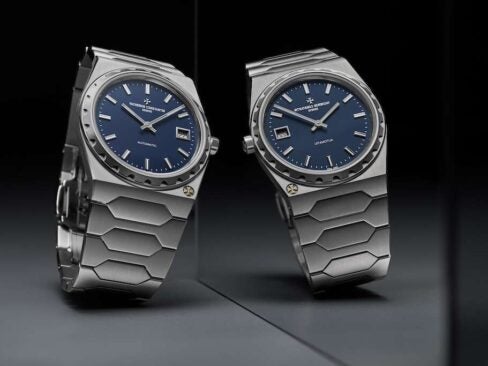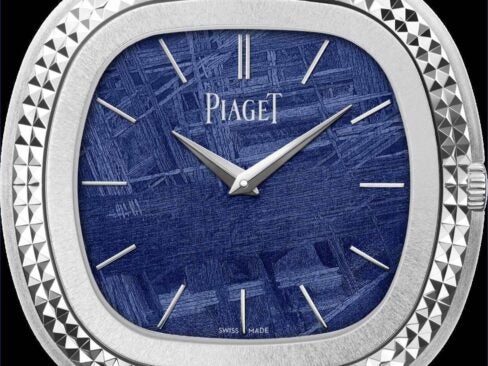
Like a puzzle, Agnès Paul-depasse puts pieces of high-quality Straw together, cutting them just so and ensuring that they fit Perfectly, nestled against each other in the smallest imaginable Space.
“I had to create something very small and even adapt the Tools to it,” she explains of her latest oeuvre, a watch dial. “It Took me a long time to be able to execute the design in a perfect Way using very thin [pieces of straw], which is a real difficulty.”
In 2010, Hermès recreated some of French designer Jean-Michel Frank’s most iconic furniture designs as part of its Hermès Maison home furnishing lines. Known for his clean lines, Frank passed away in 1941 after experiencing a great deal of success with his minimalist objects, which graced the homes of Rockefellers among others. In the 1920s he had worked with Hermès’s famed leather on some of his furniture pieces and indeed a straw marquetry folding screen was issued in 1924.
It is through this recreation that Hermès got to know the work of Paul-Depasse. “Hermès was reediting furniture in straw marquetry,” she explains. “And so I sent them some pictures of dials that I had already made and the idea [for the Arceau Marqueterie de Paille] came about.”
This Hermès watch dial represents the first of its kind in wristwatches, though Jaeger-LeCoultre has also framed an Atmos clock in straw marquetry. Cartier also presented a complicated straw watch dial at SIHH in 2012, which was created by a different artist. The art of straw marquetry, much like wood marquetry, is a tedious, painstaking art form that requires a great deal of patience—particularly when practiced on a space as minuscule as a watch dial. It is thought to have come to Europe in the 17th century from the East and mimics the various shadings of woods.
The high-quality rye straw, selected for its strength and luster, used on the dial is sourced from just one family-owned farm located in France. It is split to form strips. The strips are manually ironed flat with a burnishing bone tool, and various gold and brown tones naturally result. The colored tones on the Hermès dial are the result of a mass dying procedure, after which the rye is laid out flat to dry. The straw, jigsaw-puzzle-like, is literally glued to the brass dial surface much the same way that a book binding is achieved. The really interesting and unique part of this is that once the rye is colored, the exact color can really never be achieved again due to various weather circumstances. This natural element is certainly a big reason that each of these dials is a unique work of art.
The black and blue motifs featuring chevrons and tiny squares found on the dials within Hermès’s 41mm white gold cases depict two instantly recognizable Hermès tie patterns. Paul-Depasse, who usually works on furniture, lights, panels, cigar boxes, jewelry “and many more objects,” as she explains, also said this was a new experience for her. “Working in making dials is completely different from the technique used for furniture.”









